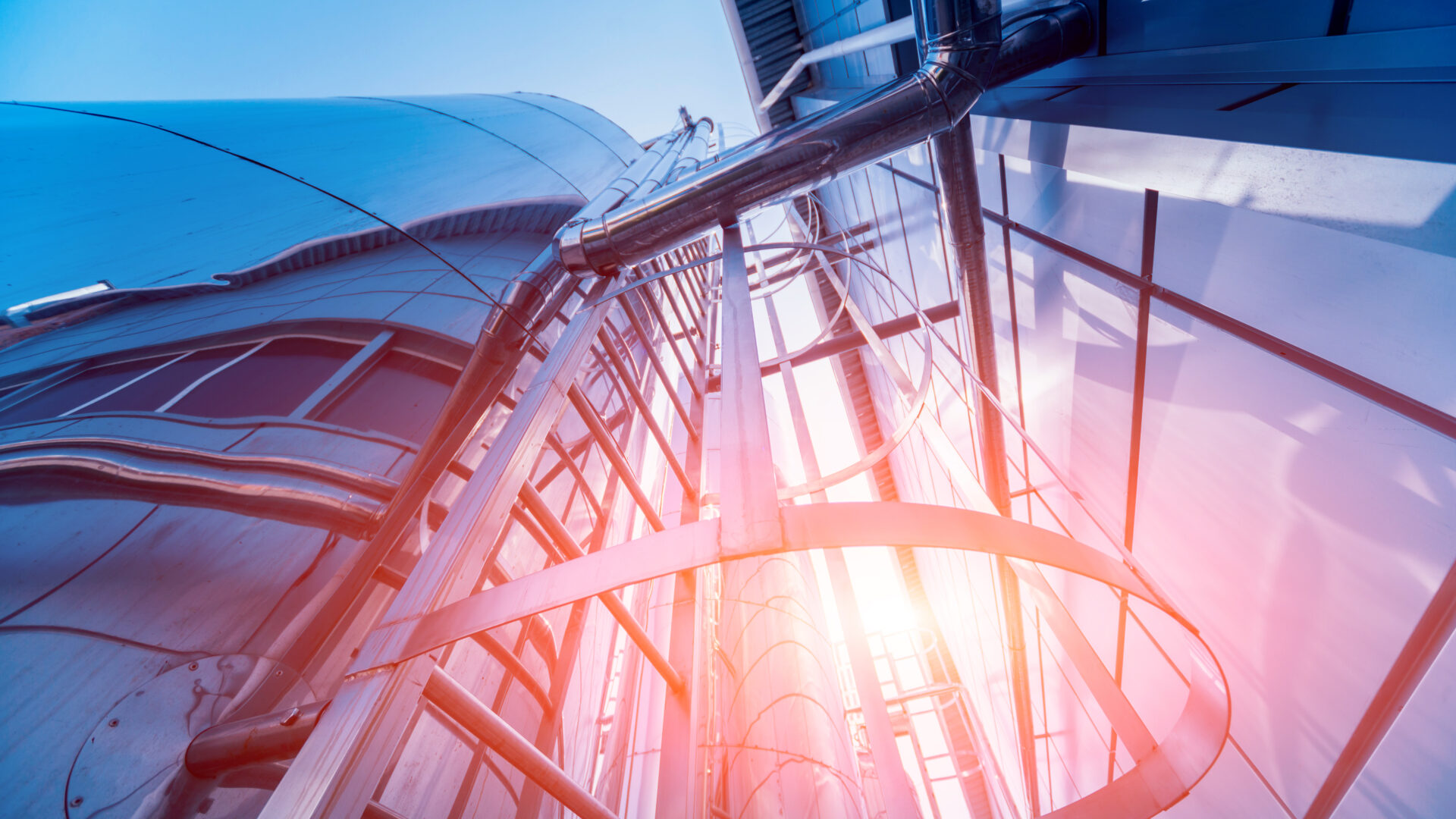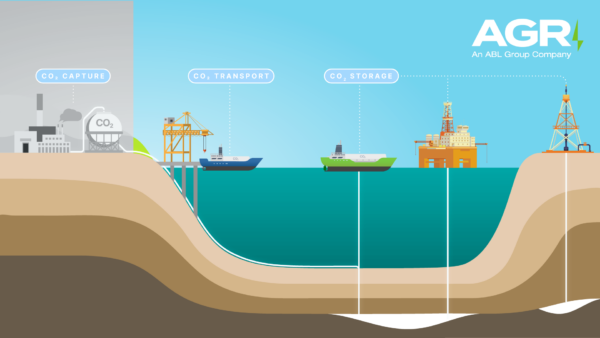Number of CCS projects on the rise
The emergence of new commercial carbon capture and storage facilities in the pipeline has been remarkable. The latest annual report from the Global CCS Institute on CCS status reveals the addition of 198 new facilities to the development pipeline. This brings the current tally to 41 projects in operation, 26 under construction, and 325 in advanced and early development stages.
The same report highlights that 11 new facilities have initiated operations and 15 new projects have commenced construction since the release of the 2022 report.
Let’s also examine some dollar bills. According to BloombergNEF analysis, investments in carbon capture, transport, and storage infrastructure reached $6.4 billion in 2022. The anticipated investment for this year is now projected to reach $5 billion.
Clearly, a swift increase in the advancement of new CCS projects is currently underway, although only a limited number have progressed to the operational stage.
Carbon management advancements are evident, yet obstacles persist
In Europe, only two final investment decisions were announced in 2023, involving Ørsted in Denmark and Porthos in the Netherlands. Additionally, construction is in progress as part of the ANRAV project in Bulgaria.
Meeting the Net Zero Industry Act (NZIA) 50 Mt storage target demands swift progress in CCS projects. To achieve this, urgent measures are needed to eliminate barriers, including insufficient policy support and, crucially, a lack of funding. Additionally, it is imperative to address challenges such as supply chain issues, public acceptance, and limitations in CO2 infrastructure, among other factors.
Insufficient transport and storage capacity pose significant impediments to the deployment of carbon capture. Governments and the private sector are actively working to commercialize the infrastructure in response to this challenge.
The NZIA suggests multiple measures, including requiring contributions from oil and gas producers to enhance CO2 storage capacity. This approach was further approved by deal passed by the European Commission last week.
The agreement also advocates for the expansion of storage infrastructure, not limited to the North Sea countries but extending throughout all of Europe. This move has the potential to reduce costs in Europe by up to 300% and is crucial for the effective operation of a unified market.
Accelerating the implementation of CCS to reach Net Zero
To achieve the objectives outlined in the UN Framework Convention on Climate Change, CCUS must capture a minimum of one-fifth of the CO2 emitted by the fossil fuel industry by 2050. Presently, this percentage is below 4%.
IOGP Europe examined the accumulation of CO2 storage injection capacity in the EU. The conclusion was that even if all identified projects were to proceed with the Final Investment Decision (FID) and commence operations as scheduled, a shortfall would still exist compared to the targeted 50Mt objective outlined in the Net Zero Industry Act (NZIA) proposal for 2050.
In 2024, it is imperative for more projects to reach the final investment decision, and European governments must implement the necessary policies and regulatory frameworks to unlock the profound emissions reductions that these projects could offer.
Policy support plays a crucial role in facilitating projects. For example, Denmark’s commitment to offering sustained 20-year financial support and the grants provided by the EU Innovation Fund. Nevertheless, there remains inconsistency, especially for storage sites, and hesitancy among investors is high.
The oil and gas sector remains a key driver and leading actor involved in the entire CCUS value chain, adopting a comprehensive approach that spans from capture and transportation to storage.
How can we help?
As part of the ABL Group, the global energy and marine consultants, we provide a wide spectrum of engineering and consultancy services to support the carbon management value chain from CO2 transport to geological storage.
With expertise from multi-disciplinary engineering teams from group companies AGR and Longitude, you can count on us to provide:
- Feasibility studies – including petrophysics, reservoir modelling and simulation of CO2 plume movement, CO2 well costing
- Storage site screening and characterisation for potential CO2 storage
- Independent third-party storage evaluations
- Geological assessment and mitigation of the risks associated with CO2 leakage
- Subsurface evaluation in certification for CO2 storage sites according to ISO27914
- Evaluation of repurposing production wells to CO2 injection wells
- Well integrity assessments for depleted oil and gas fields to be converted to CO2 storage sites
- Well design and drilling management of CO2 storage wells
- Vessel design and engineering for CO2 transportation






